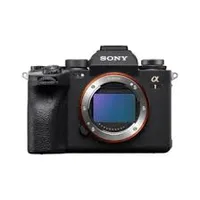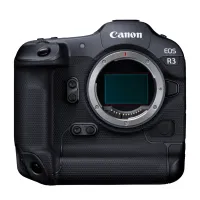TechRadar Verdict
The Nikon Z9 sees Nikon's mirrorless cameras take an impressive jump forward to match flagship rivals from Canon and Sony. The Z9 feels like an indestructible DSLR, but inside are innovative features like advanced AF tracking, 20fps raw burst shooting, 8K video and an electronic-only shutter. We also like its new two-way tilting screen. It's a shame some video features won't be available until a firmware update in 2022, but the Z9's video prowess impresses already and we're looking at a modern-day Nikon classic.
Pros
- +
Powerful stacked 45.7MP sensor
- +
Reliable tracking AF
- +
Rugged build quality
- +
Excellent battery life
Cons
- -
Some features need firmware update
- -
Bulkier and heavier than rivals
- -
Flash sync only 1/200s
Why you can trust TechRadar
Two-minute review
The Nikon Z9 is the landmark mirrorless Nikon camera that professional wildlife and sports photographers have been waiting for. A full-frame flagship that takes the baton from the Nikon D6 – and marks the end of pro Nikon DSLRs – the Z9 sees Nikon's mirrorless tech take a big leap forward and match the advances made by Canon and Sony.
Significantly, the Nikon Z9 is the first professional camera to arrive without a mechanical shutter. That's right, there's no physical curtain moving up-and-down in front of the sensor when you take a shot.
This means the Z9 relies completely on its electronic shutter, a bold statement of intent that shows Nikon's confidence in its new stacked 45.7MP full-frame CMOS sensor and Expeed 7 processor.
Together, these two things are the bedrock of the Z9 and deliver what Nikon claims is the "world's fastest sensor scan rate" (twelve times faster than the Z7 II) which has repercussions for both video and stills.
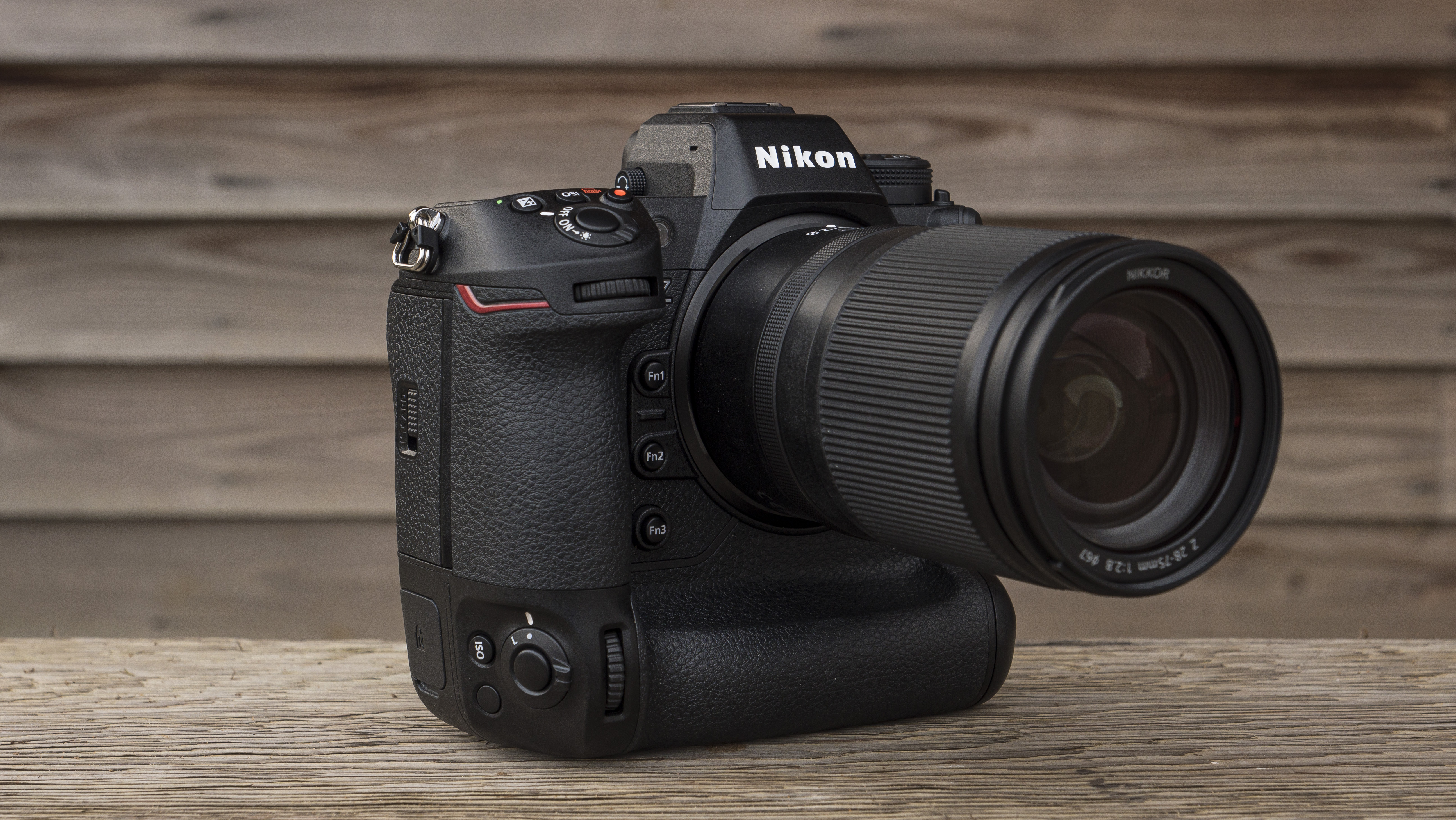

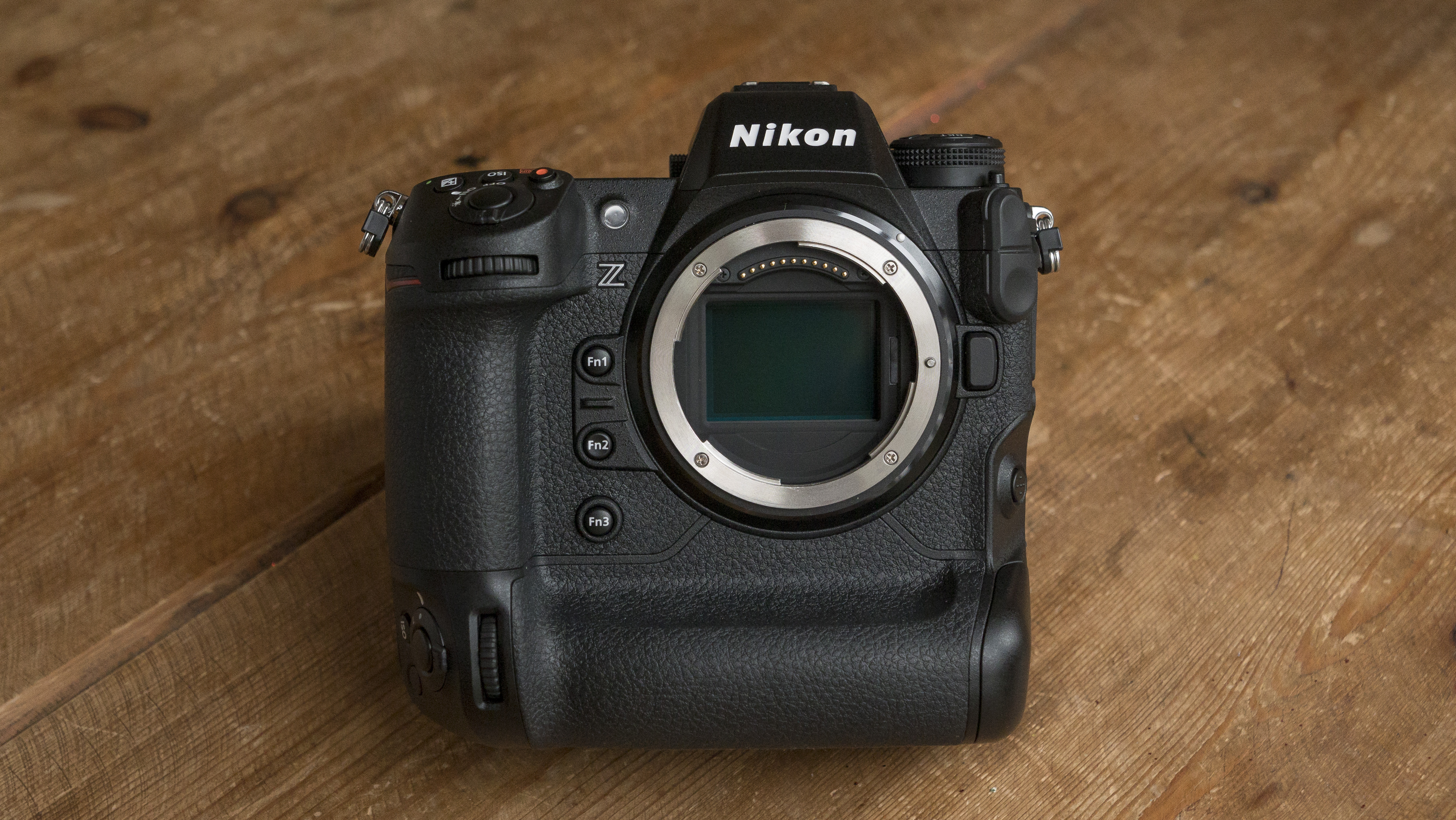
As we discovered during our Nikon Z9 review, the result is an incredibly powerful hybrid camera that sits somewhere in between the Canon EOS R3 (which has a 24.1MP BSI stacked CMOS sensor) and the Sony A1 (a 50.1MP full-frame powerhouse).
The Z9's DSLR styling will be comfortably familiar to those upgrading from the likes of the Nikon D6 or Nikon D850, but hidden inside are some truly modern features including Nikon's best ever autofocus system.
Sensor: 45.7MP back-side illuminated stacked sensor
Processor: Expeed 7
AF Points: 493 hybrid phase/contrast detect AF points
Max burst: 20fps raw, 30fps hi-res JPEG, 120fps lo-res JPEG
Stabilization: 5-axis, 5.5 stops (up to 6 stops with some lenses)
ISO range: 64 to 25,600
Max shutter speed: 1/32,000 sec
Video: 8K/60p, 4K/120p
Viewfinder: 3.69m-dots OLED EVF
Cards: 2x CFexpress Type B
LCD: 3-inch bi-directional tilting touchscreen, 1.04m dots
Connectivity: Wi-Fi, Bluetooth, Ethernet, USB-C, headphone jack, mic jack
Dimensions: 149x149.5x90.5mm
Weight: 1,340g
With the ability to shoot 8K/30p video (and an 8K/60p mode en route), the Nikon Z9 also joins a select group of mirrorless cameras that are capable of recording in that lofty resolution. Filmmakers also get oversampled 4K and features like Eye AF tracking when shooting, which means the Z9 is a far superior video tool to the likes of the Nikon D6.
Sign up for breaking news, reviews, opinion, top tech deals, and more.
With high resolution and blazing fast performance, the Z9 can serve the needs of any type of image maker, though its bulkier design and large battery are particularly suited for heavy use and those who use large lenses. If you don’t need it all, there are smaller and less costly cameras to consider – for example, the Nikon Z7 II is a more sensible choice for landscape, portrait and studio photographers. However, the Z9 costs less than the Nikon D6 and offers way more in virtually every department.
This all means that the Nikon Z9 is undoubtedly one of the best cameras for photography and one of the best cameras for professionals. Pair it with a lens like the Nikon Z 100-400mm f/4.5-5.6 VR S, and you'll undoubtedly be holding one of the best wildlife photography cameras around, too.
Nikon Z9 price and release date
The Nikon Z9 has been delayed from its proposed December 2021 delivery date and is currently available for pre-order for $5,499 / £5,299 / AU$8,999.
This price is a little lower than expected, particularly as the Nikon Z9 is way more advanced than the Nikon D6 – a camera that cost US $6,496 / £6,299 / AU $10,378 at launch (body only) when it arrived last year.
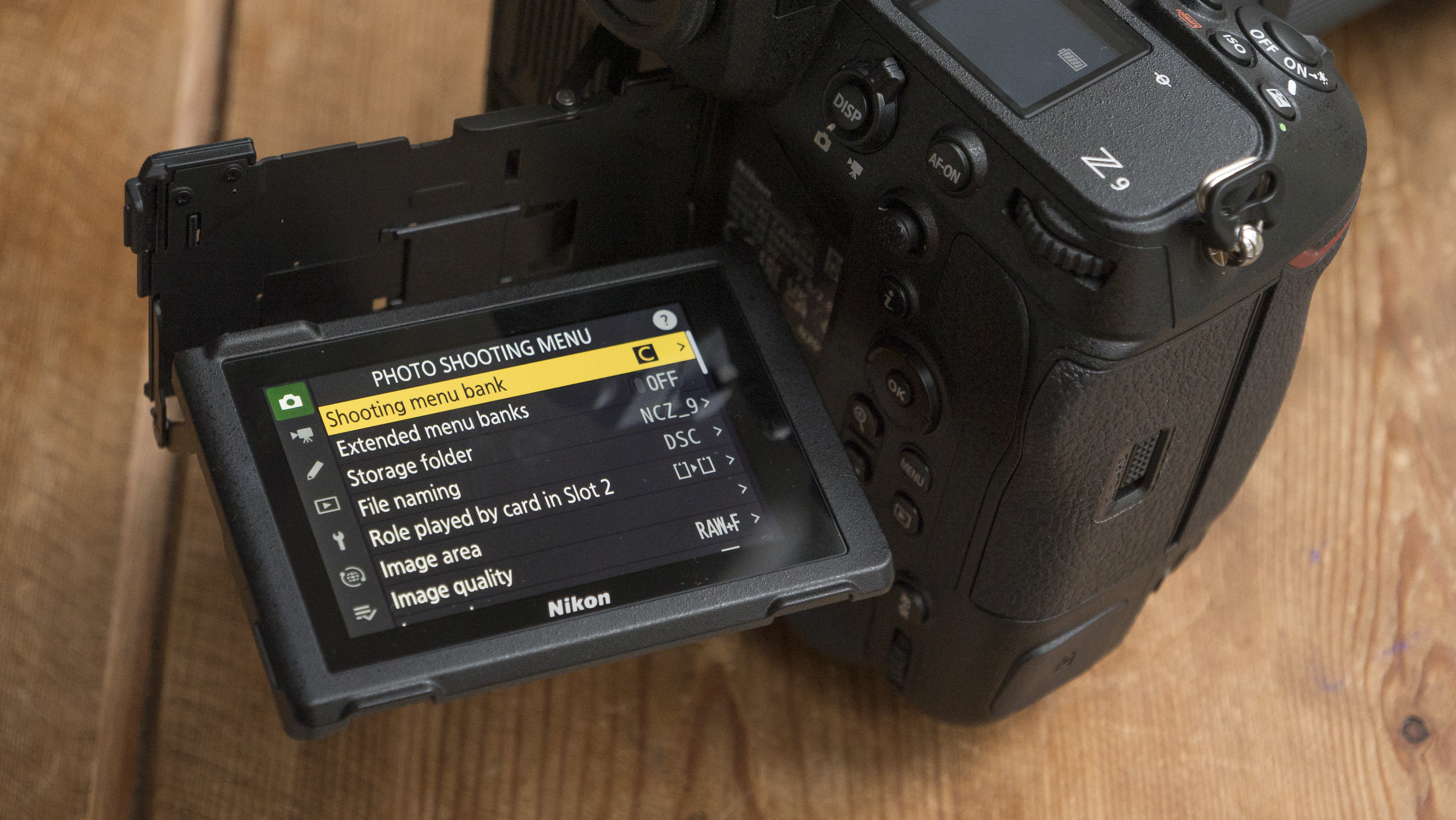
It's also a pretty aggressive price compared to its closest rivals. The Canon EOS R3 recently arrived for a body-only price $5,999 / £5,879 / AU$8,599, while the Sony A1 remains way out in front with its $6,500 / £6,499 / AU$10,499 price tag.
The Nikon Z9 isn't a cheap camera, of course, costing more than some medium format cameras. But that price tag could tempt some owners of older DSLRs like the Nikon D850 and Nikon D810 that now is a good time to upgrade.
Nikon Z9 review: Design and handling
- Extremely robust
- New dual-axis tilt-screen
- Electronic shutter only
- Solid battery life
Like the Canon EOS R3, the Nikon Z9 is a traditional-looking mirrorless camera that's designed to appeal to those making the switch from a DSLR.
In the hand, it feels like a flagship Nikon camera should – rock-solid and ergonomically refined. It's an old-school design, especially at 1.34kg, but the Z9's body is 20% smaller than the beefy Nikon D6, and the deep, comfortable grip is ideal for both horizontal and vertical shooting. In the spirit of bulldozers like the Nikon F4 from the 1980s, it's also built like a tank, with a magnesium alloy body that's fully weather-sealed. Only the Canon EOS R3 can claim to offer this kind of ruggedness in the mirrorless world.
Also coming from Nikon's DSLRs is an AF mode button for quickly switching between manual and autofocus and, like on the D6, the Z9’s rear buttons can be illuminated to help you find them in the dark, a feature that can be turned off if you're looking to remain a little more inconspicuous. We also appreciate the number of function buttons, including those three on the front that make the camera highly customizable, for instance quickly switching between FX and DX crop modes quickly.
Round the back of the Z9 is a very handy feature – a dual-axis monitor that tilts 90-degrees in both horizontal and vertical directions.

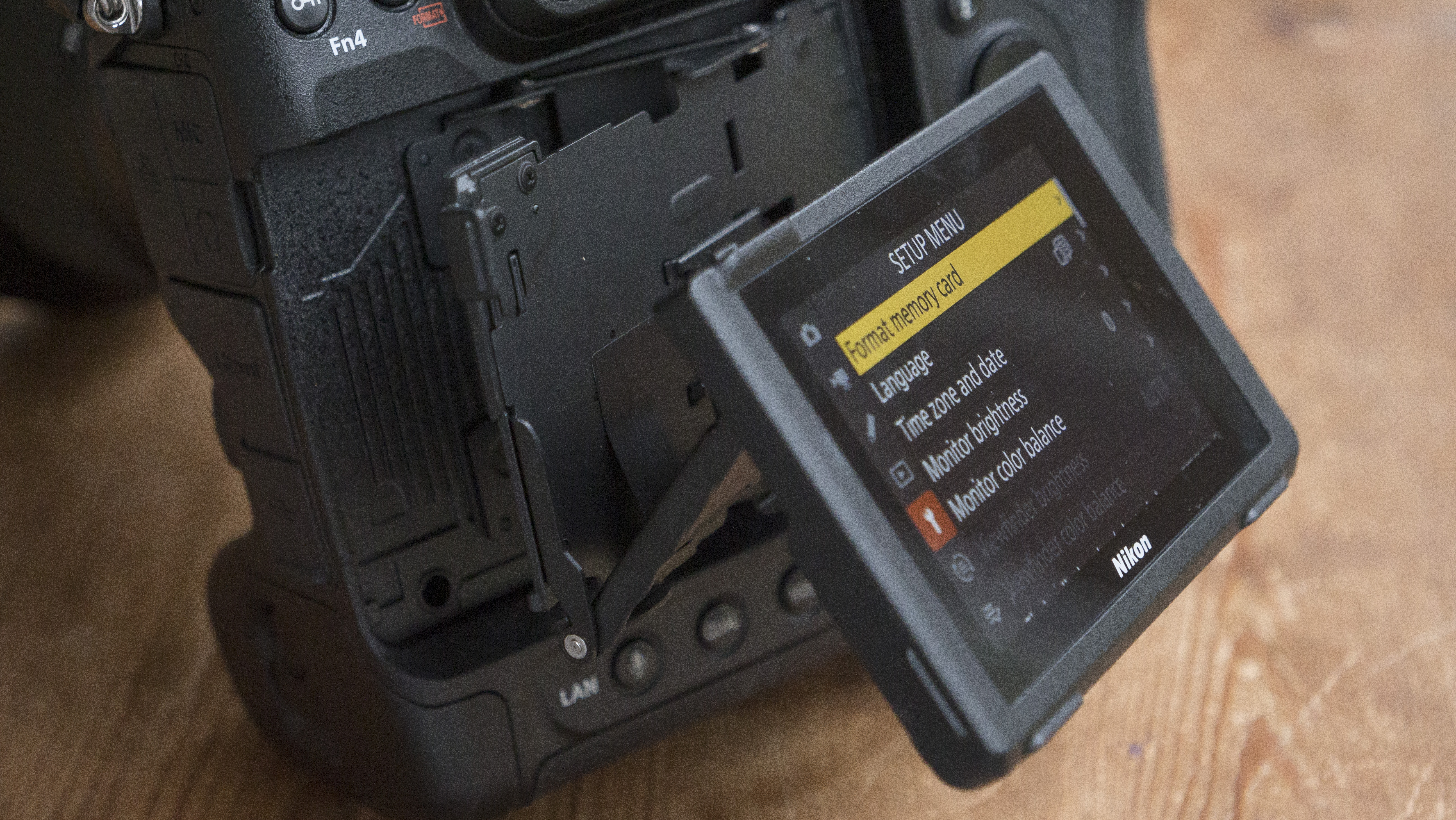

We've seen something similar before on cameras like the Fujifilm X-T3 and Panasonic S1H, and the Nikon Z9's monitor doesn't flip around to face the front like the latter's display. But given the Z9 is predominantly for photographers, this is likely fine for most buyers – and the ability to see what you're shooting from low angles in portrait or landscape orientations is a real bonus. Particularly for the pros who are increasingly being asked to deliver stills and video in portrait format to suit phones and tablets.
The Nikon Z9's info display also handily rotates when you turn it into portrait mode, which helps you avoid craning your neck. And the i-menu seen on the Nikon Z6 II and Z7 II also returns here, giving you quick one-button access to 12 customizable functions like ISO, white balance and flipping between raw and JPEG.
One of the main sticking points for DSLR users who've been considering switching to mirrorless is the electronic viewfinder. As if to confirm that it's killing off the DSLR, Nikon claims the Z9's EVF has absolutely no lag or blackout, giving you a continuous real-time view that's akin to an optical viewfinder.

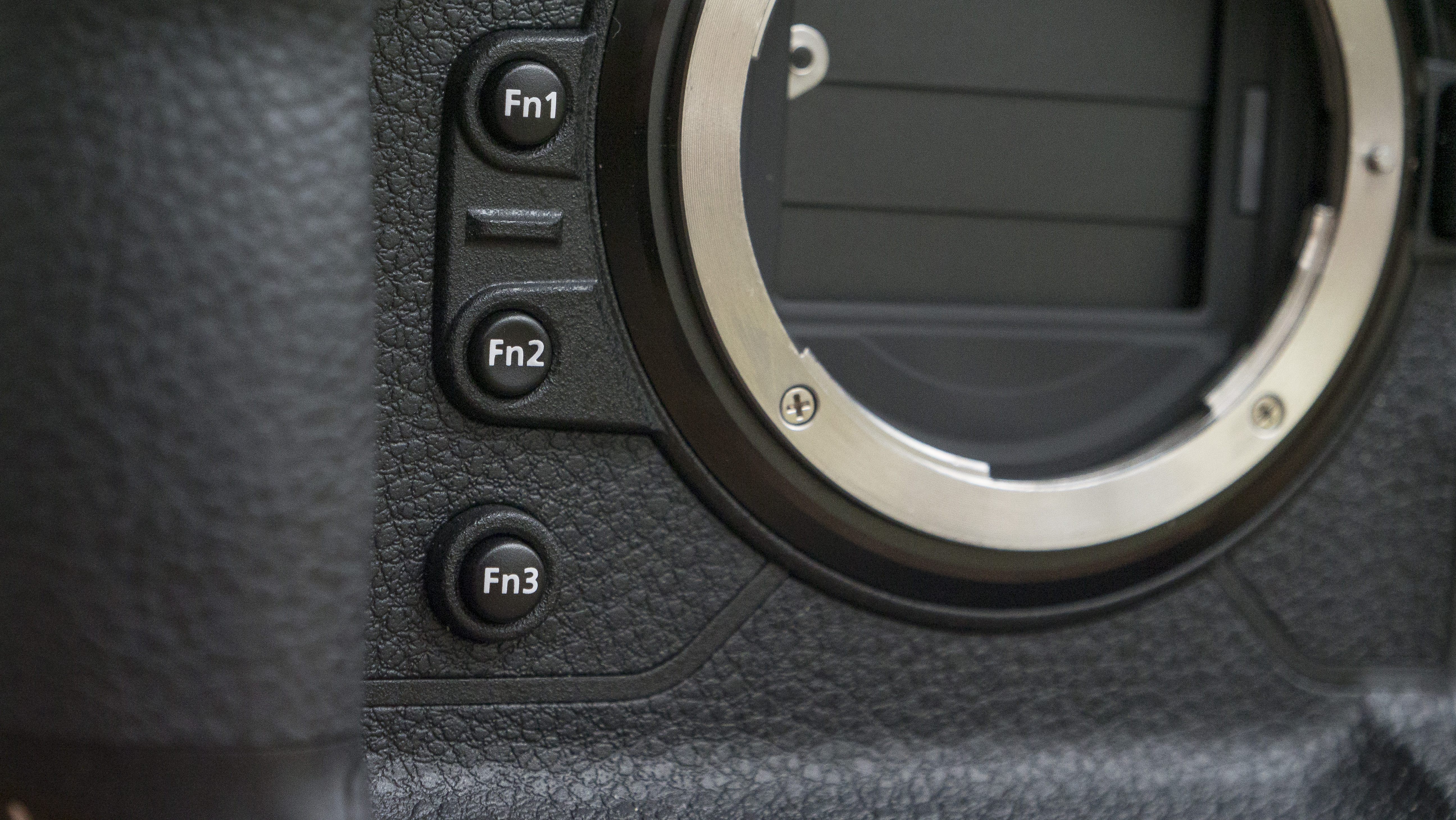

For photos, those claims hold up whatever the shooting mode, which is super impressive – although we found the viewfinder a little laggy when recording video, especially in 8K. This EVF is also a super-bright, 3,000-nit panel that certainly looked crisp and clear, though its 3.69-million-dot resolution is some way behind the competition.
One of the downsides of the Nikon Z9 lacking a mechanical shutter is that its sensor no longer has that built-in protection from dust. So Nikon has added a new sensor shield, which drops down when you remove the lens.
Another thing passed down from the D6 is backwards compatibility with the EN-EL18 battery unit, although the Z9 comes with a new EN-EL18D version of the battery that will perform better when used in the Z9. On our first use of the battery, we shot around 6,000+ images – the majority being continuous – plus a handful of 8K and 4K videos, and the battery was only half drained. This class-leading performance goes way above the quoted numbers that account for single-frame recording.
Nikon Z9 review: Autofocus and burst shooting
- Tracking AF with priority for people, animals and vehicles
- 20fps raw for 1,000+ frames
- Dual CF Express type B card slots
To compete with other flagship mirrorless cameras like the Canon EOS R3 and Sony A1, the Nikon Z9 needed to make giant strides in autofocus and burst shooting performance – and it's largely achieved that.
While cameras like the Nikon Z6 II offer good autofocus, they've always lacked the sophistication of rivals when it comes to tracking faces, eyes and animals. Well, the Nikon Z9 catches up here and then some – 3D tracking makes a mirrorless debut (in photo only) and not only does it track people (including faces, eyes, heads and upper bodies), animals (bodies, eyes and heads) and vehicles (cars, motorbikes, planes and trains), it also does simultaneous subject recognition.
This means the Nikon Z9 can recognize up to ten different types of subject in a single frame and track them all individually – a useful tool for pros shooting busy scenes with mixed subjects. What’s more, the camera chooses between the type of subjects for you automatically – that’s something you’ll have to do manually with the EOS R3 or A1. If you want to switch to track another subject in the scene, that can be done via the joystick with relative ease.
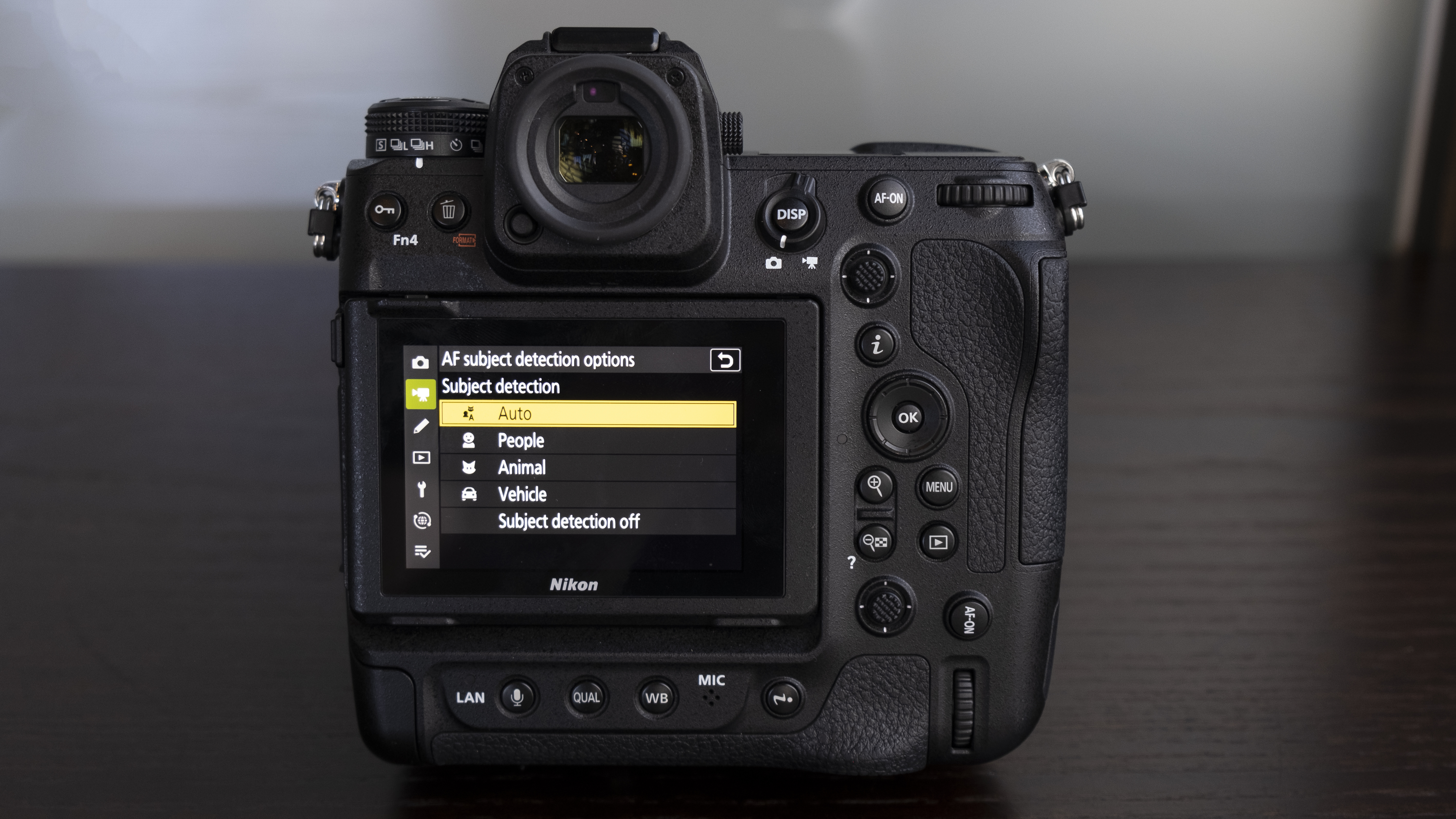
In terms of autofocusing power, the Nikon Z9 is also a big leap forward from the Nikon Z7 II, offering five times as many auto-area AF points as that camera – these are the AF points that can automatically detect a subject in the frame and acquire focus. And Nikon says that it offers better subject-tracking across the frame than the previous flagship Nikon D6. Also, the detection range is down to -6.5EV and even 8.5EV in a ‘starlight view’ mode, that’s some seriously low-light capability.
We’ve used the Z9 to cover a football match with multiple subjects, literally ‘ran’ some tests in tracking a runner heading towards and away from the camera in low light, and snapped wildlife and domestic pets. Its 3D tracking AF is reassuringly sticky across the board and what impresses the most is how sticky it is for distant subjects that cover only a small portion of the image area. The Z9 also reliably sticks with a subject, even when obstructions temporarily get in the way.

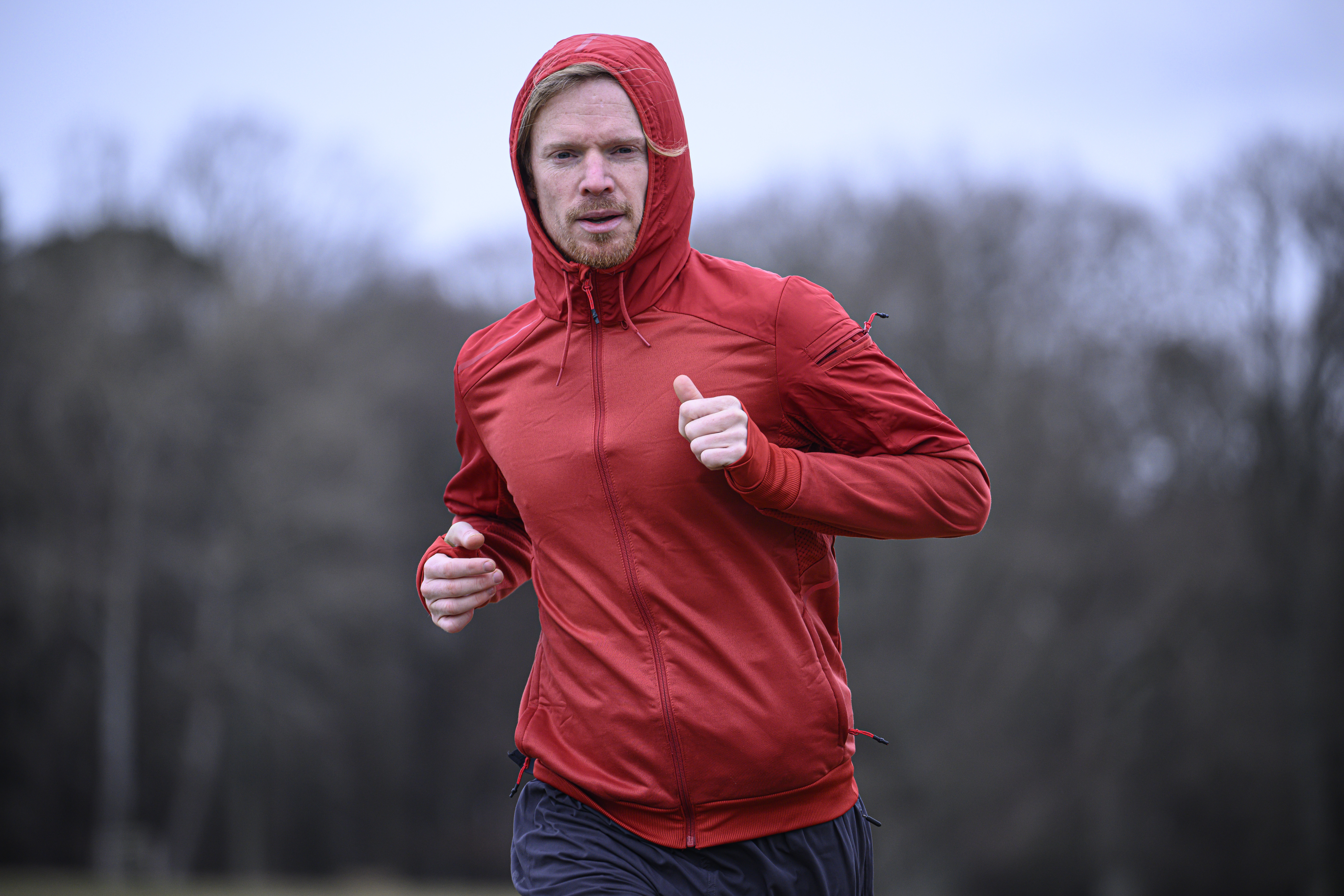
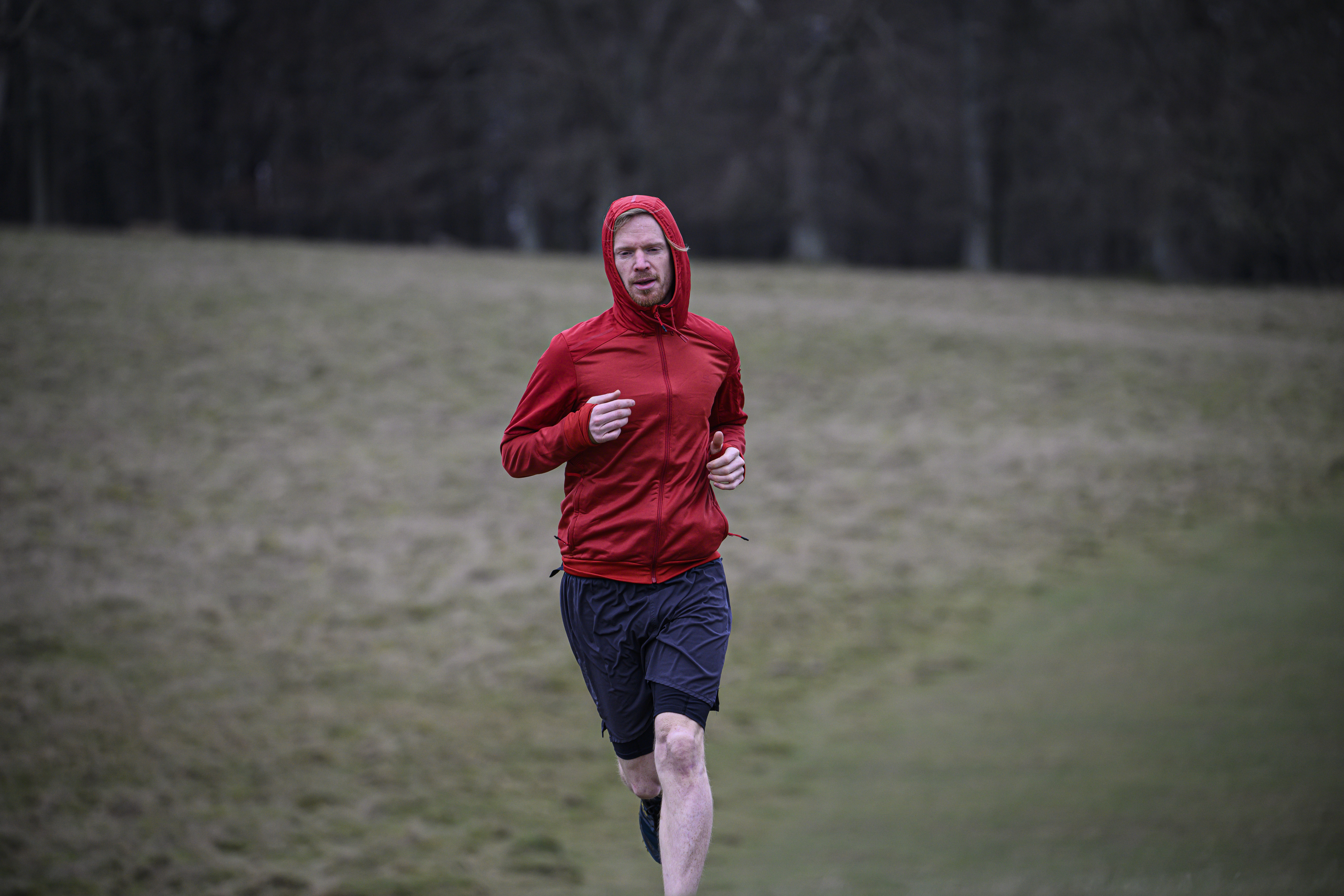
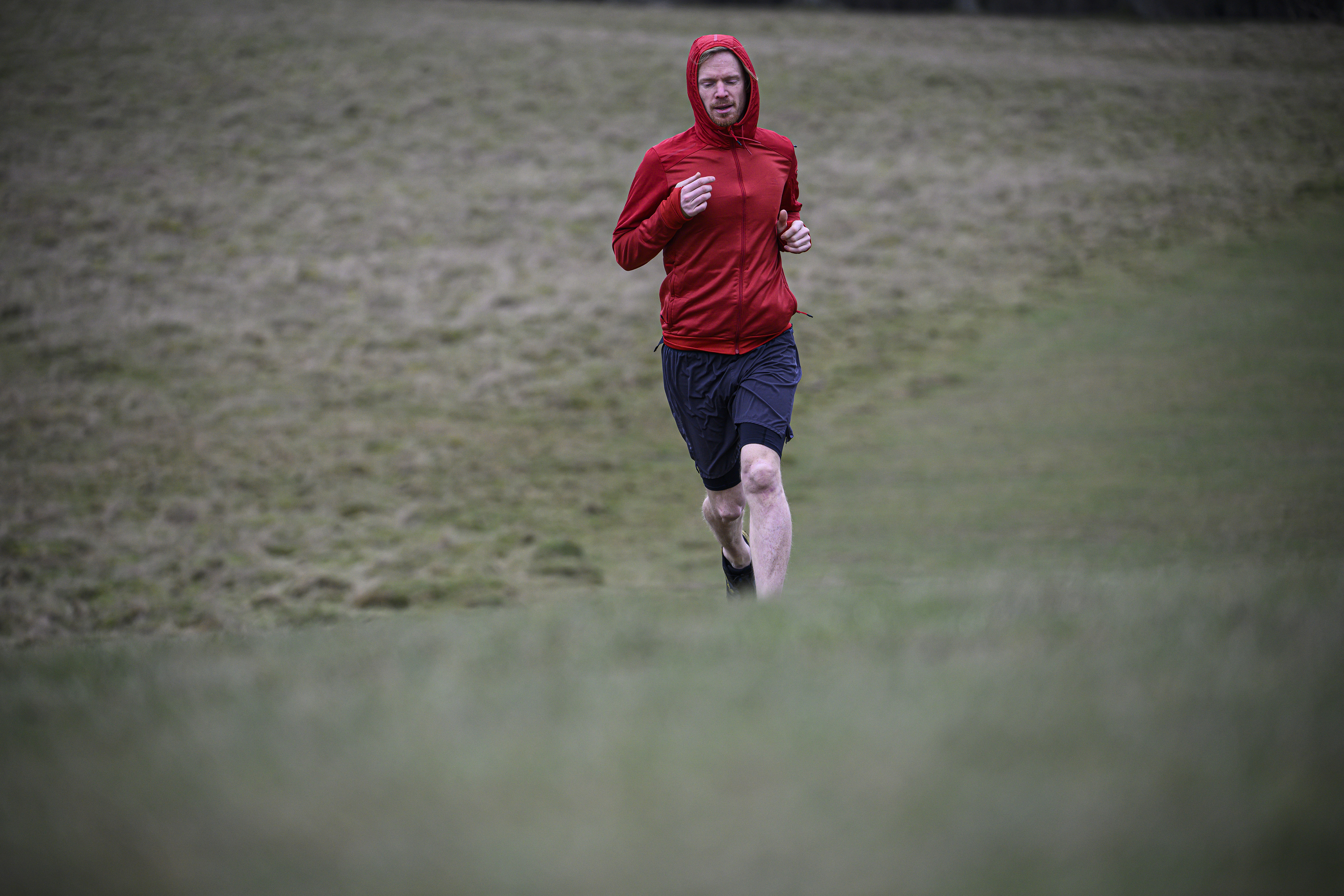
In our sequences capturing a runner quickly heading towards the camera, the Z9 consistently holds up. Sticky focus extends to eye-AF too, though the fastest lens we used with the Z9 was the Z 28-75mm f/2.8, so we cannot be completely sure that eye-AF is critically sharp with the fastest lenses. Of course, there are plenty more scenarios to try, but our impressions so far are good.
But how about that other crucial spec for sports and wildlife shooters, burst shooting? Here the Nikon Z9 is impressive, even if it doesn't quite hit the headline top speeds of the Canon EOS R3 and Sony A1. The latter can both hit an impressive 30fps when shooting raw photos, though this is in very specific circumstances (using a CFexpress card with particular lenses in good conditions).

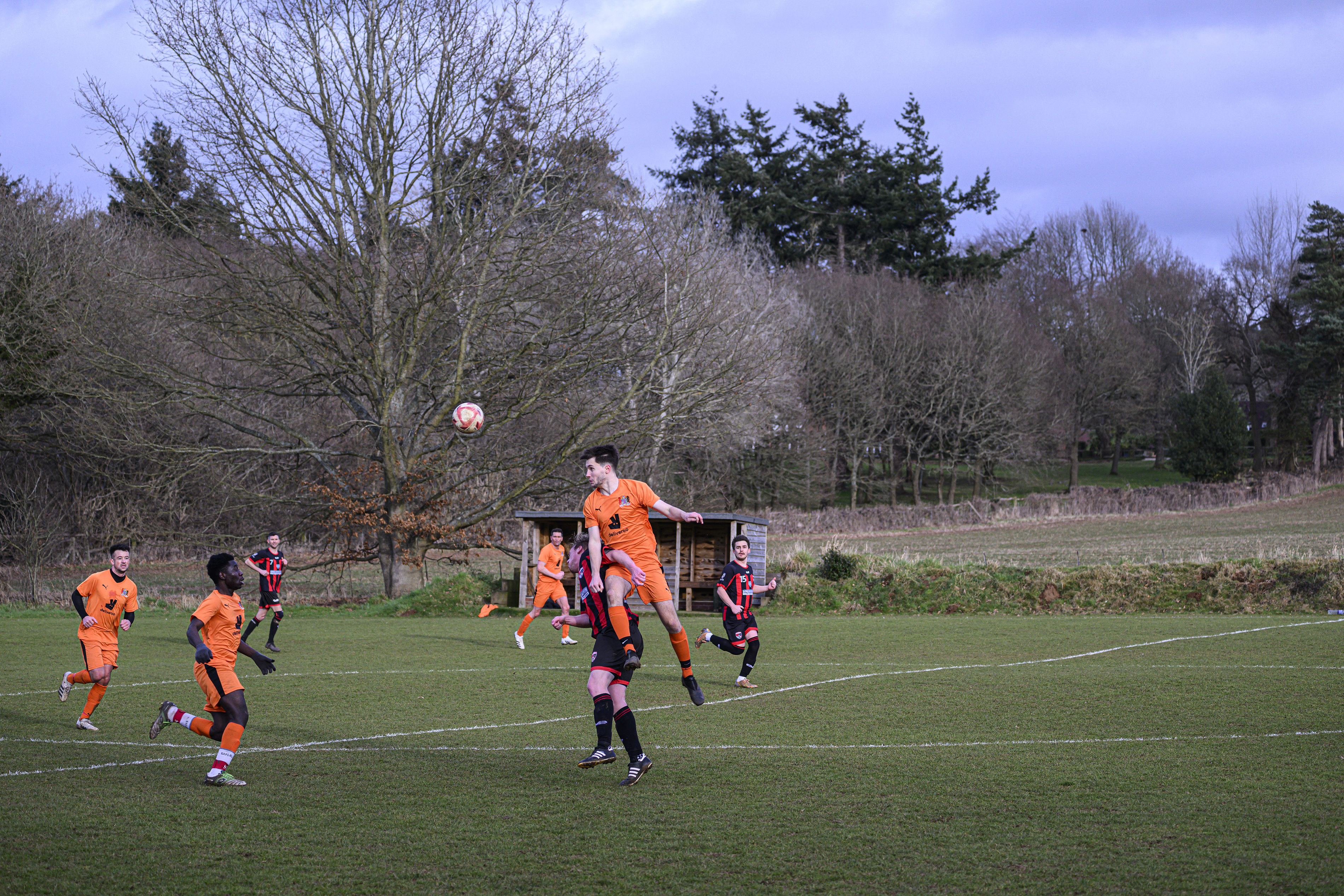


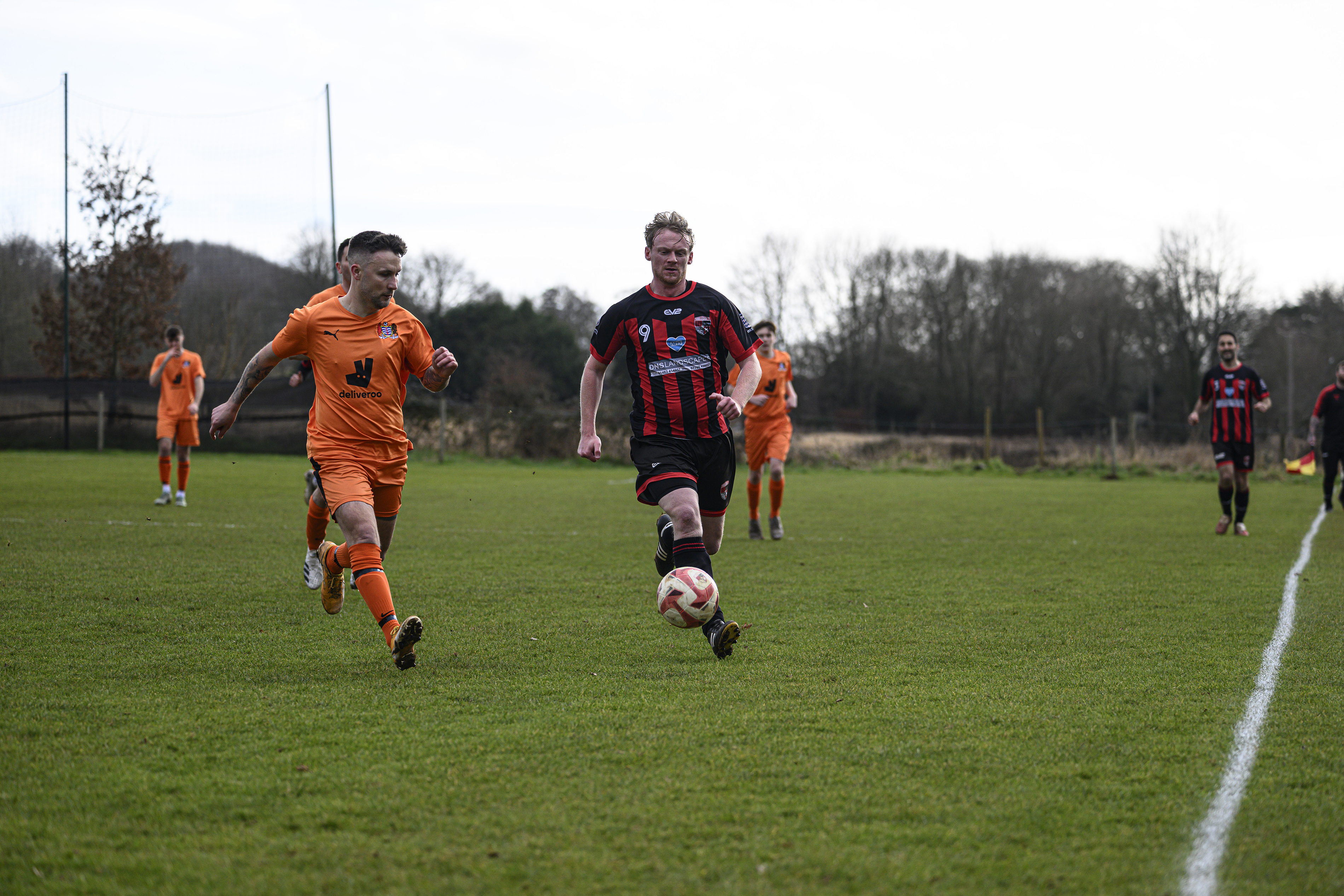

The Nikon Z9, meanwhile, can shoot full-resolution raw at 20fps, and for our tests it was able to do this for about 90 frames in compressed raw when using a top-line Lexar CF Express type B card. That isn't quite as good as the Canon EOS R3 or Sony A1, but in JPEG-only or high-efficiency raw on the Z9 the picture is altogether different considering it has, in reality, an unlimited buffer. In any case, the buffer clears inside a second and is ready to go again full whack.
The Nikon Z9 will satisfy sports, news and wildlife snappers for sure. We ran the same tests using a XQD card and the performance in raw format was about 60% of the CF Express card, while in JPEG-only the buffer was still unlimited.
If 20fps isn't quite fast enough, the Z9 does also offer a cropped burst mode that can hit 120fps. Given this only shoots 11MP JPEGs, it's likely to be a slightly niche, emergency mode for pro photographers – though the fact that it can do this with full AF/AE tracking is impressive. In other words, these aren't just video frames. Nikon also says that, when you factor in its FTZ adapter for mounting older F-mount lenses, this mode is available for over 100 lenses.

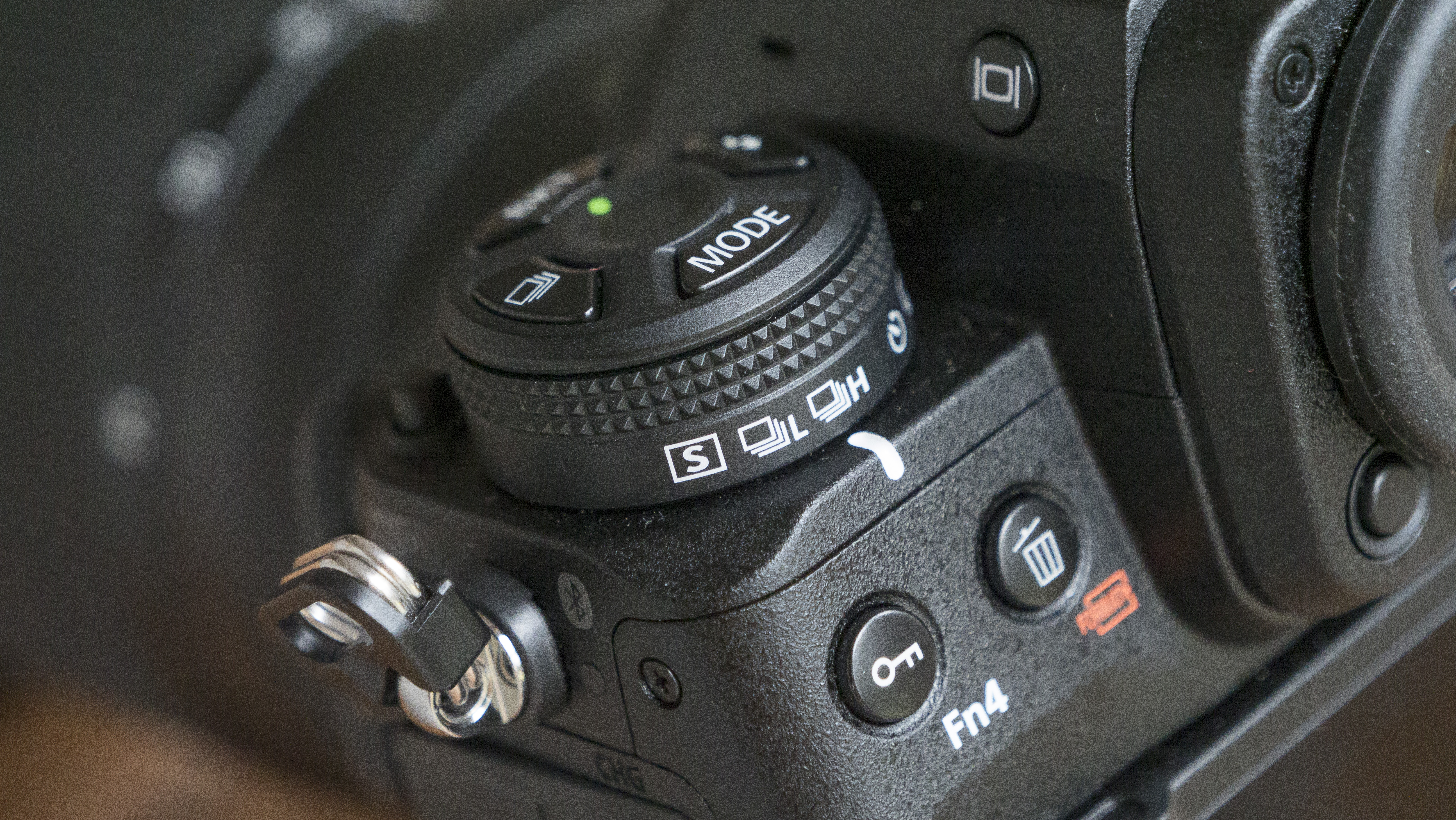
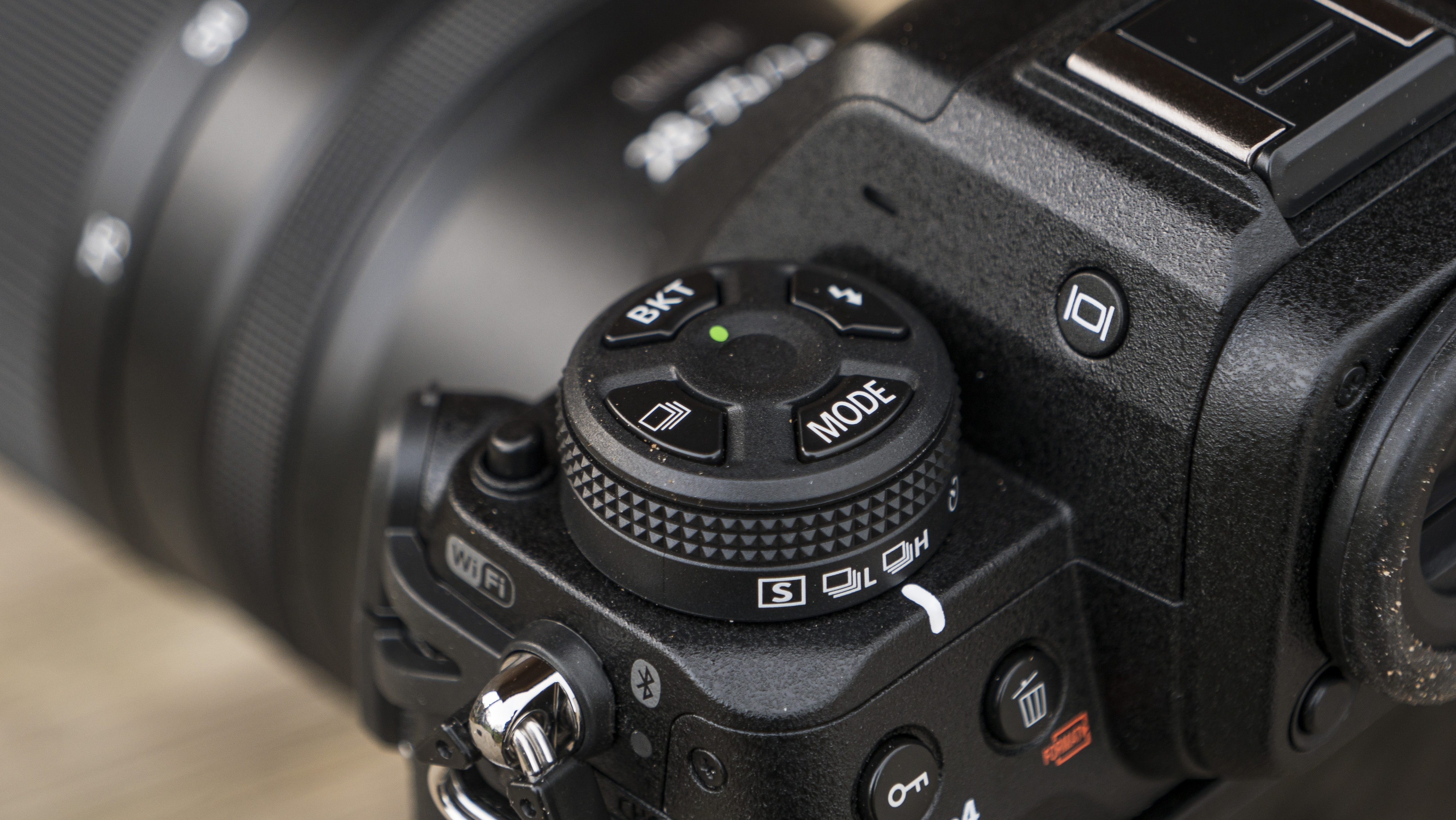
Nikon's decision to remove the mechanical shutter from the Z9 is a bold one. In most cameras, the mechanical shutter is a backup option offering slower burst-shooting rates for those who are concerned about the traditional drawbacks of electronic shutters, namely rolling shutter. This is caused by the read-out speeds of a sensor being unable to keep pace with the movement of a scene, resulting in effects like warped golf clubs.
Nikon says the Z9's new stacked sensor has the world's fastest sensor scan rates. And when we spoke with Dirk Jasper, a product specialist at Nikon, he elaborated that the Z9 has a 12x faster scan rate than the Z7 II. The implication is that the electronic-only shutter keeps even the fastest-moving subjects free of rolling shutter distortion, equivalent to the fastest 1/32,000sec shutter speed of the Z9, and we haven't experienced any rolling shutter distortion during our tests. ‘Banding’ (a distortion under high frequency artificial light) seems to be no issue either, although flash sync speed is only 1/200sec. Arguably, it’s the sensor and processor speed that is the most revolutionary thing about the Z9, and it certainly points to a mechanical-shutter-less future.
Nikon Z9 review: Specs and features
The Nikon Z9's stacked 45.7 MP full-frame CMOS sensor effectively makes it a super-powered version of the Nikon Z7 II, which also offers a 45.7MP resolution but without the stacked chip for speedy read-out speeds.
This resolution gives you significantly more cropping potential than the 24MP Canon EOS R3. The drawback is slightly slower maximum burst speeds than the EOS R3 or EOS R5, which can hit 30fps when shooting raw photos.
Still, the Z9 does join the select few mirrorless cameras that can shoot 8K video. According to Nikon, it can 8K/30p video continuously for up to 125 minutes – even without an internal fan – which somewhat puts the smaller Canon EOS R5's overheating limitations to shame.
We did some long-form 8K video recording and, after about 45-minutes, a message flashed up saying ‘hot card’, though the camera carried on recording. Not wanting to risk existing footage on the card, we stopped recording, though the camera itself didn’t feel particularly hot. The slight downside, though, is that some of the Z9's more exotic video modes are only going to be available via a firmware update sometime in 2022.
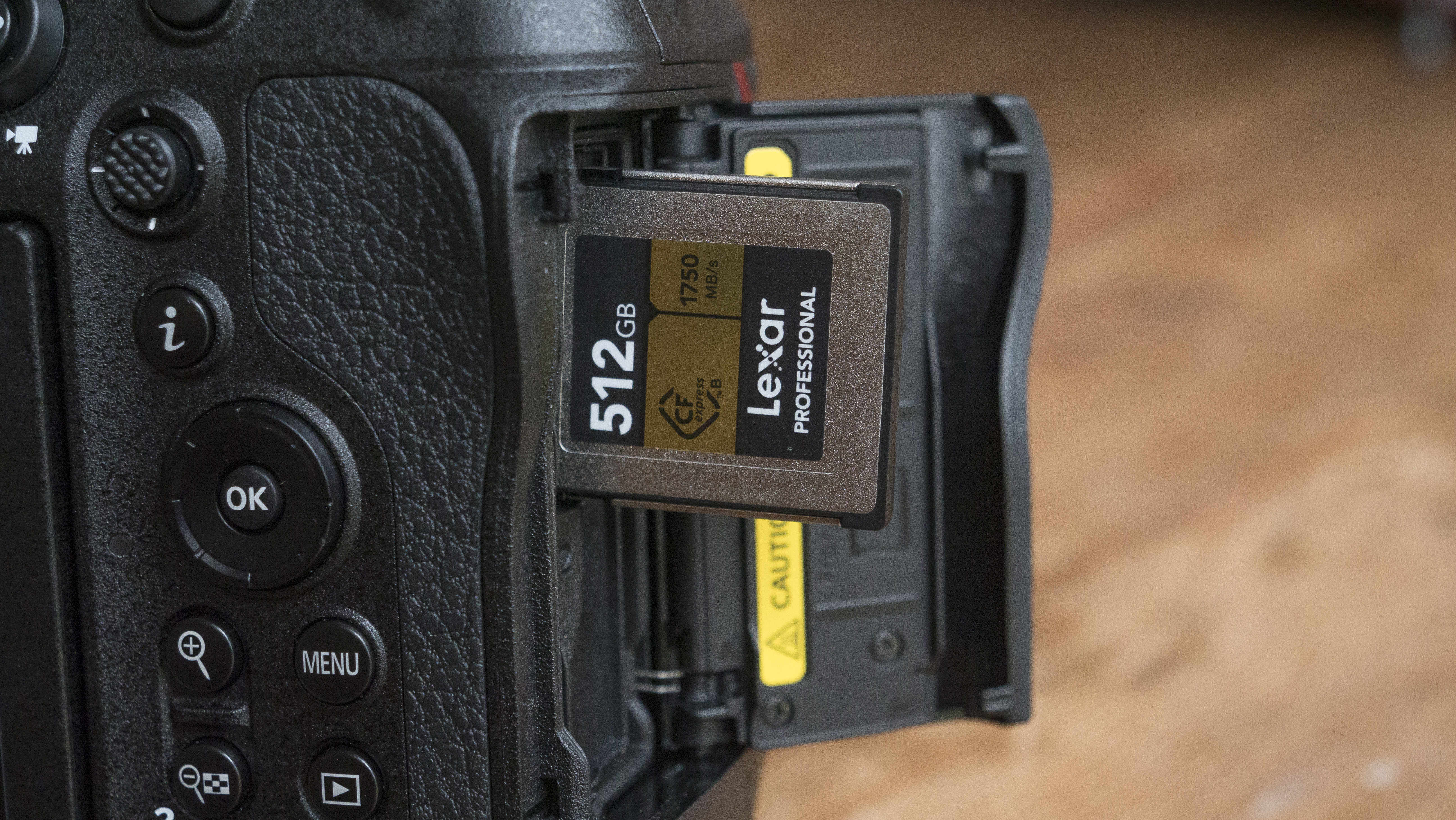
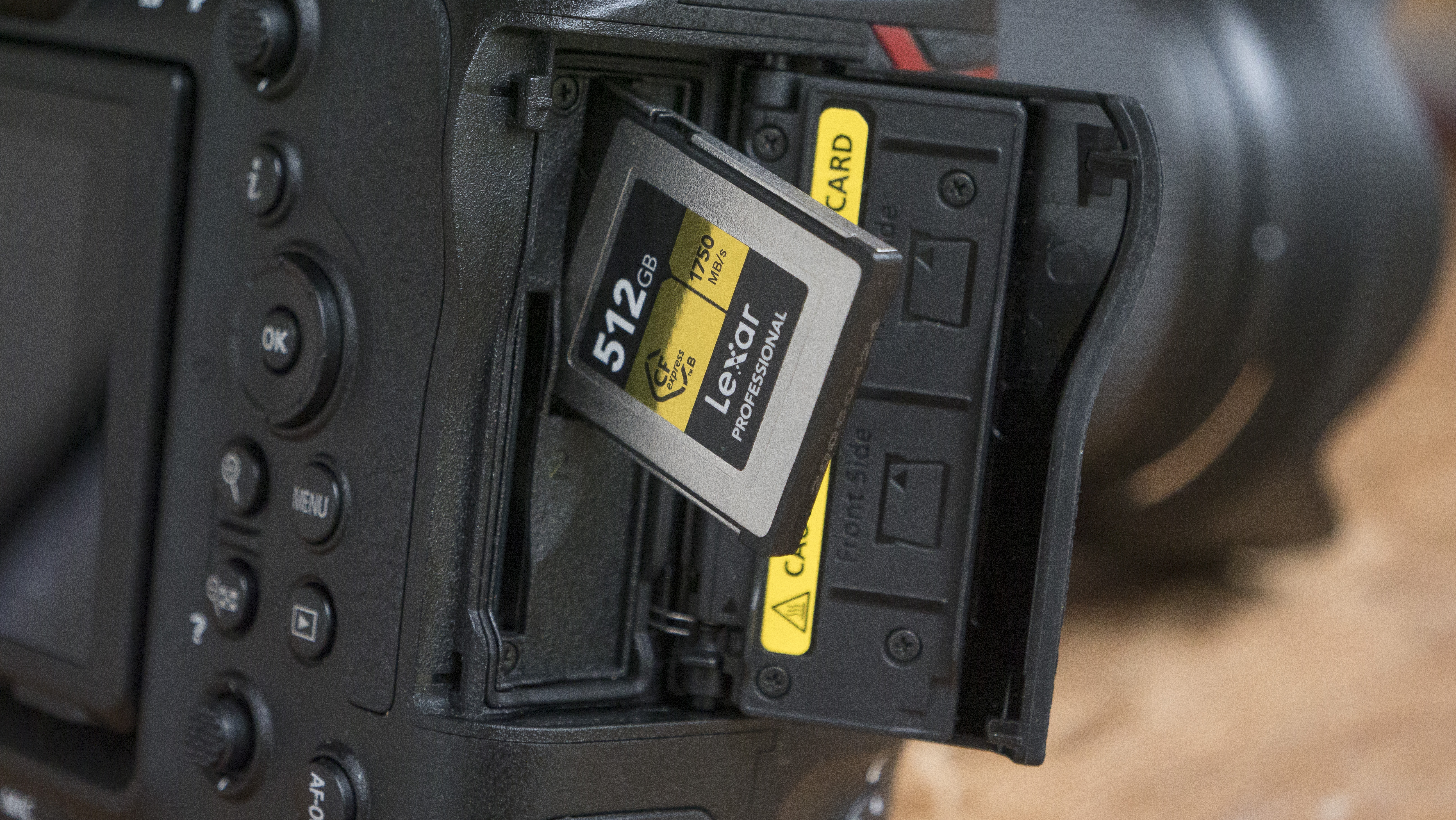
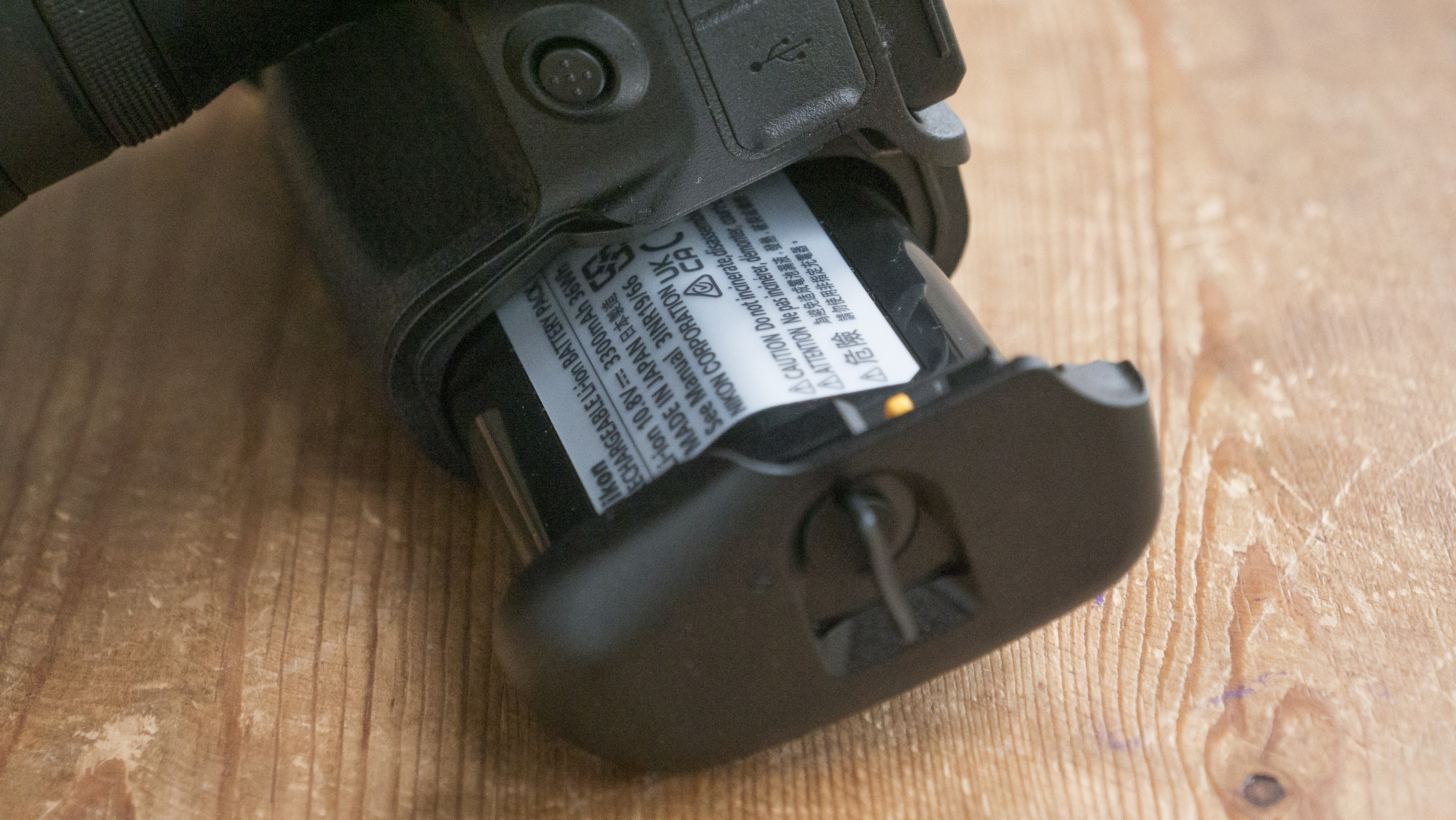
The modes unavailable at launch including the ability to shoot in the 10-bit ProRes 422 HQ format internally, along with 12-bit in-camera ProRes Raw HQ recording. Impressively, that firmware update will also allow the Nikon Z9 to shoot raw 8K/60p video internally.
This would be a first for a mirrorless camera, although it's not clear exactly when the firmware update will arrive next year, or how long you'll be able to record for in that 8K/60p mode. Still, for now you can shoot 8K in 24/30p and get full Eye-detection AF support in all video modes. The Z9 also shoots 4K using the full width of its sensor (for oversampled and sharper 4K), and includes a 4K/120p mode for slow-mo scenes.
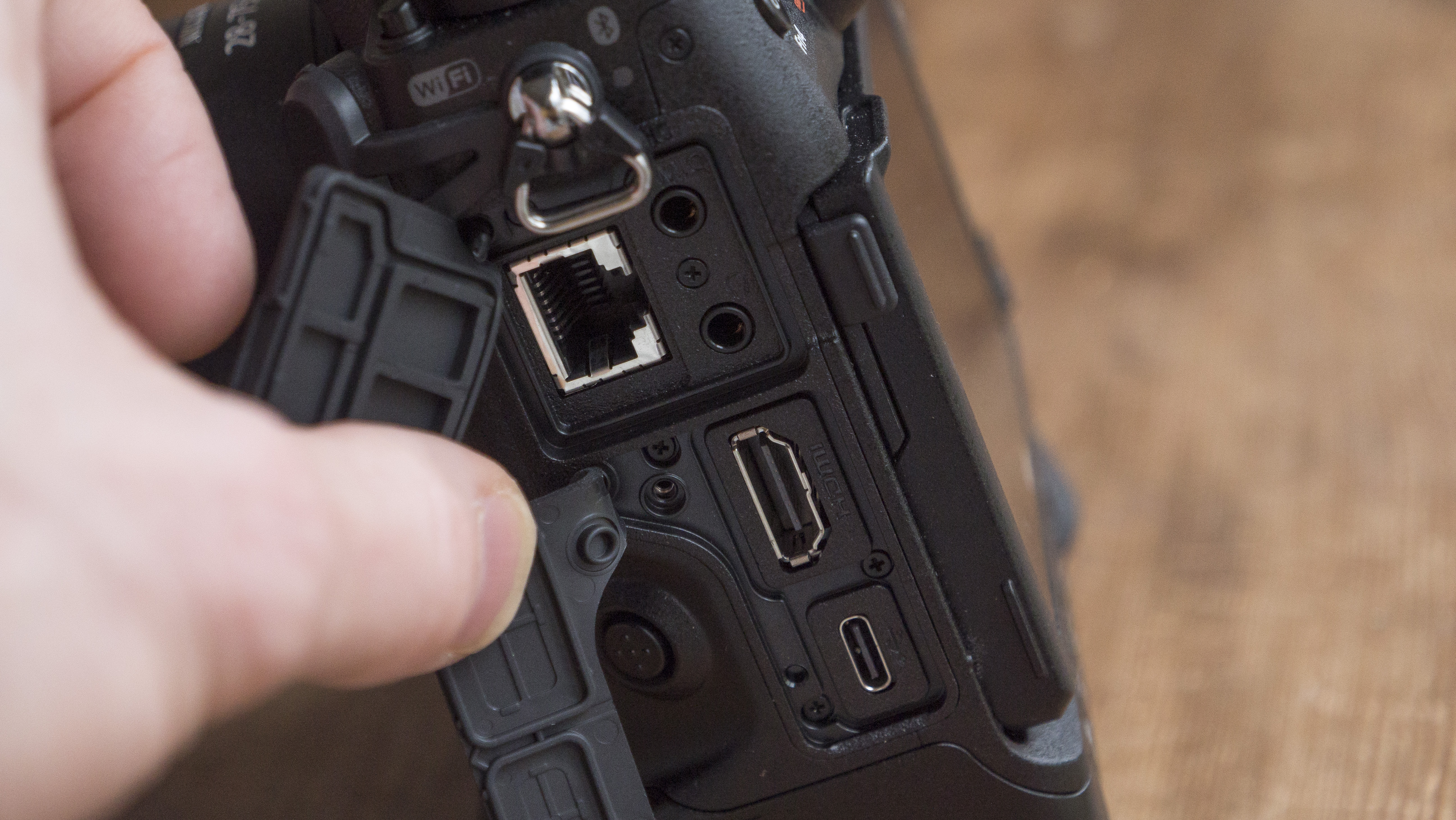
Naturally, you'll need a big, speedy card to deal with all this data, so the Nikon Z9 has two CFexpress type B slots. The Type B version of CFexpress, adopted by both Canon and Nikon, is larger than the Type A cards used by some Sony cameras like the new Sony A7 IV, but does offer faster 1700MB/s top speeds. This supports the large buffer capacity that makes the Z9 such an able action shooter.
Pro photographers, particularly those agencies or newspapers, also need fast transfer speeds, so the Nikon Z9 has an ethernet port for FTP transfers and also has an in-camera Wi-Fi-to-FTP transfer that you can use without a separate transmitter. Lastly, you can also hook up the Z9 to a 5G smartphone via its USB-C port.
Nikon Z9 review: Image and video quality
- 45.7MP stacked sensor
- ISO 64-25,600
- High efficiency raw format
- 8K 30fps and oversampled 4K
Sports and wildlife photographers know all too well that action normally takes place in changeable light – you’re lucky to be shooting on a fair weather day or even in the daytime at all. Combine low-contrast light with the fast shutter speeds needed to freeze action, and the Z9 is exactly the sort of camera that gets pushed to its image-quality-limits.
There's certainly lots of potential in the Z9’s stacked 45.7MP full-frame sensor, with a native ISO range of 64-25600 and options to extend these down to ISO32 and up to ISO102,400. Nikon says the Z9 has new algorithms to help process out noise in dimly-lit situations.
In practice we typically avoid the top two ISO settings in order to get the best possible image quality – a practice that would make the Z9 a sharp shooter up to ISO 6400, where images certainly look clean enough. Pixel peep and you can see a fine grain beginning at ISO 1600, but the images are so big that it isn't obvious.

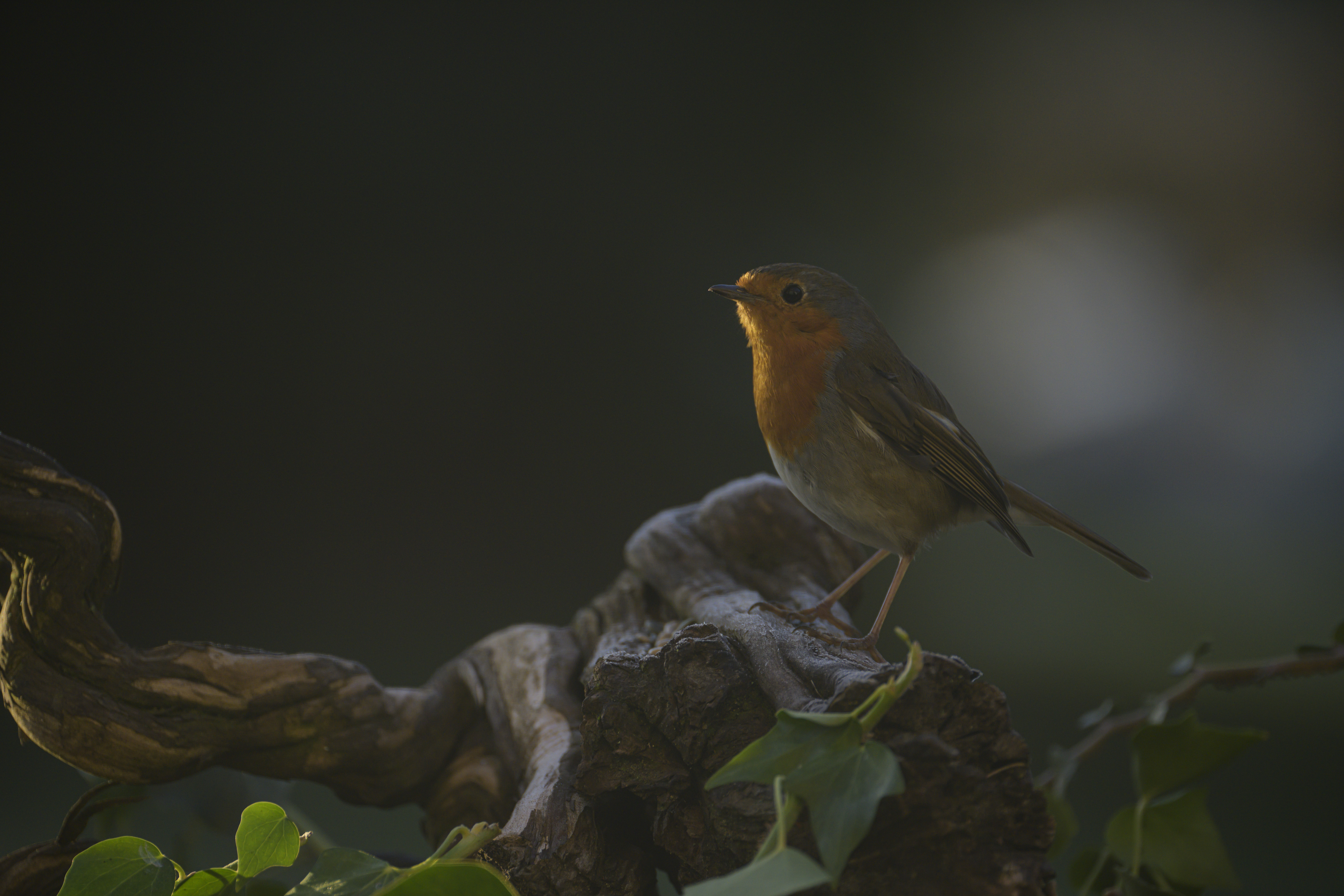


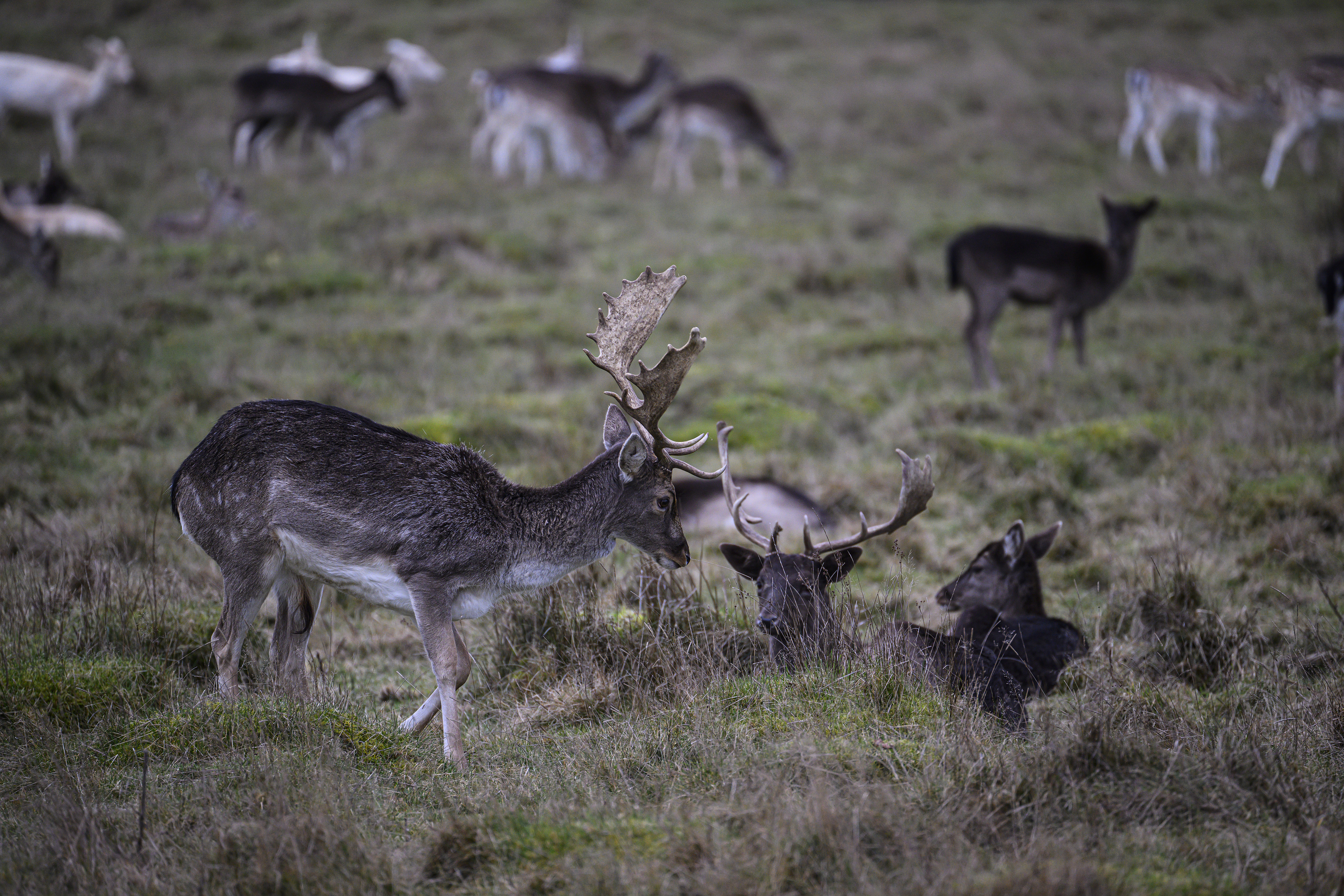
Low light is potentially where D6 users might feel their camera has the edge over the Z9, with its two extra stops of native ISO. But the reality is that when you view a Z9 image at 50% (still bigger than the D6 images at 100%), any noise becomes less evident.
We’re not overly keen on the Z9’s default JPEG processing, though, where noise-reduction results in softer detail at most ISO settings when compared to the raw version of the same image.
The Nikon Z9's new Expeed 7 processor has also brought improvements to white balance, enabling it to more accurately reproduce skin tones or product colors that'll mean less tweaking in post-production. This will be welcomed by both sports and commercial photographers, particularly as these algorithms also affect exposure when using flash.
Straight out the camera this claim appears true – for example, we’ve snagged some lovely portraits. Auto white balance in cloudy weather can make for a slightly cool looking landscapes, though this could be down to personal taste.
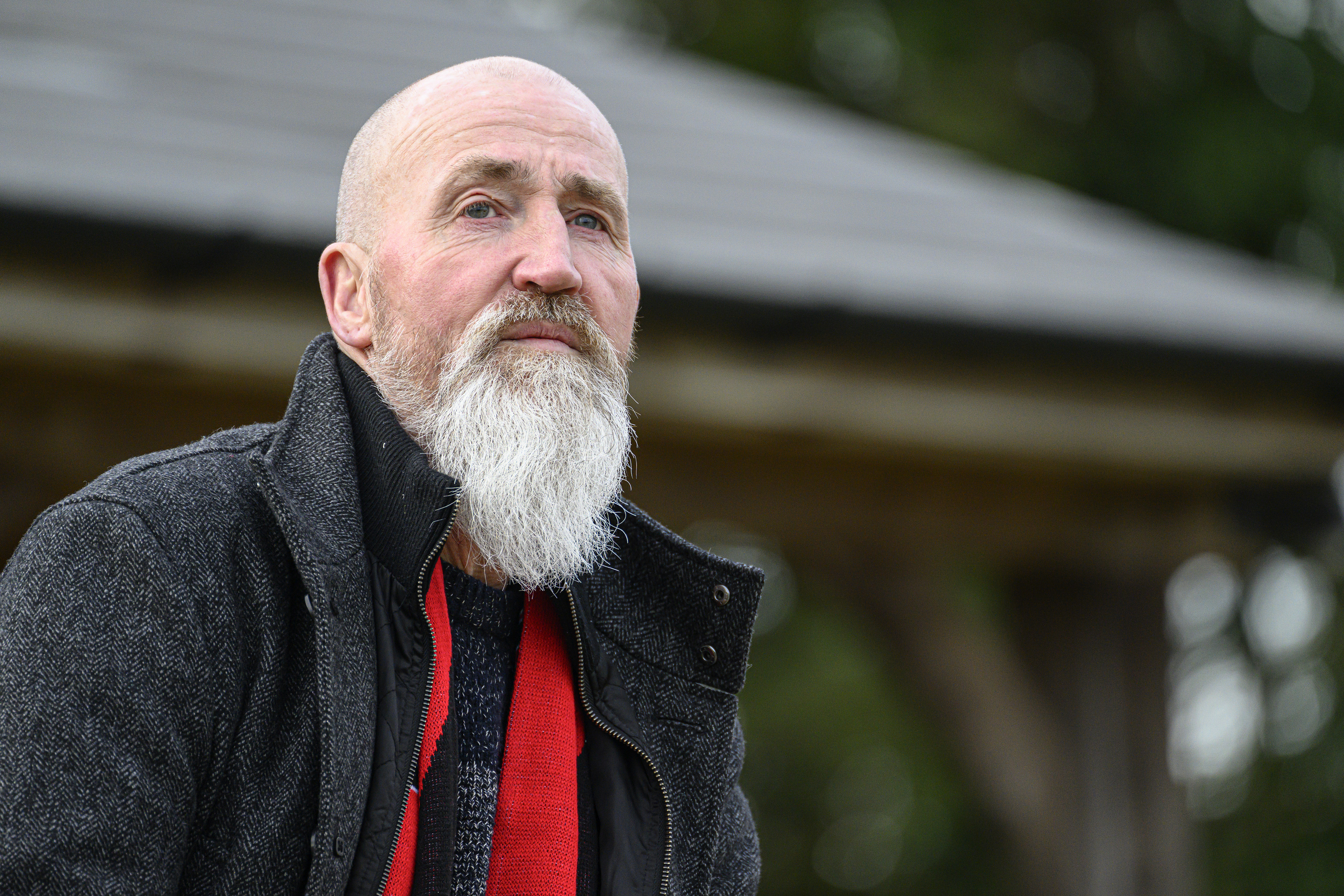
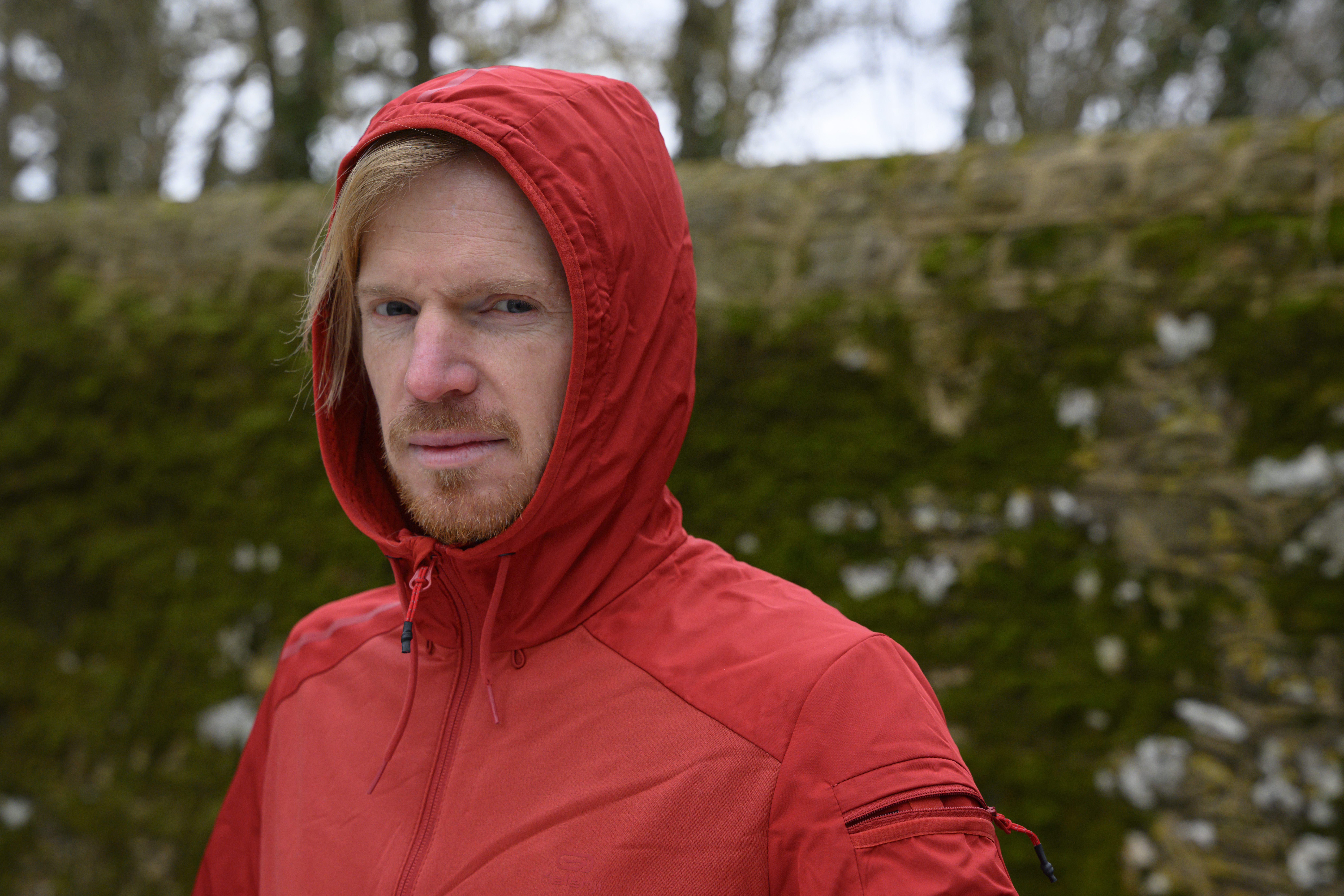

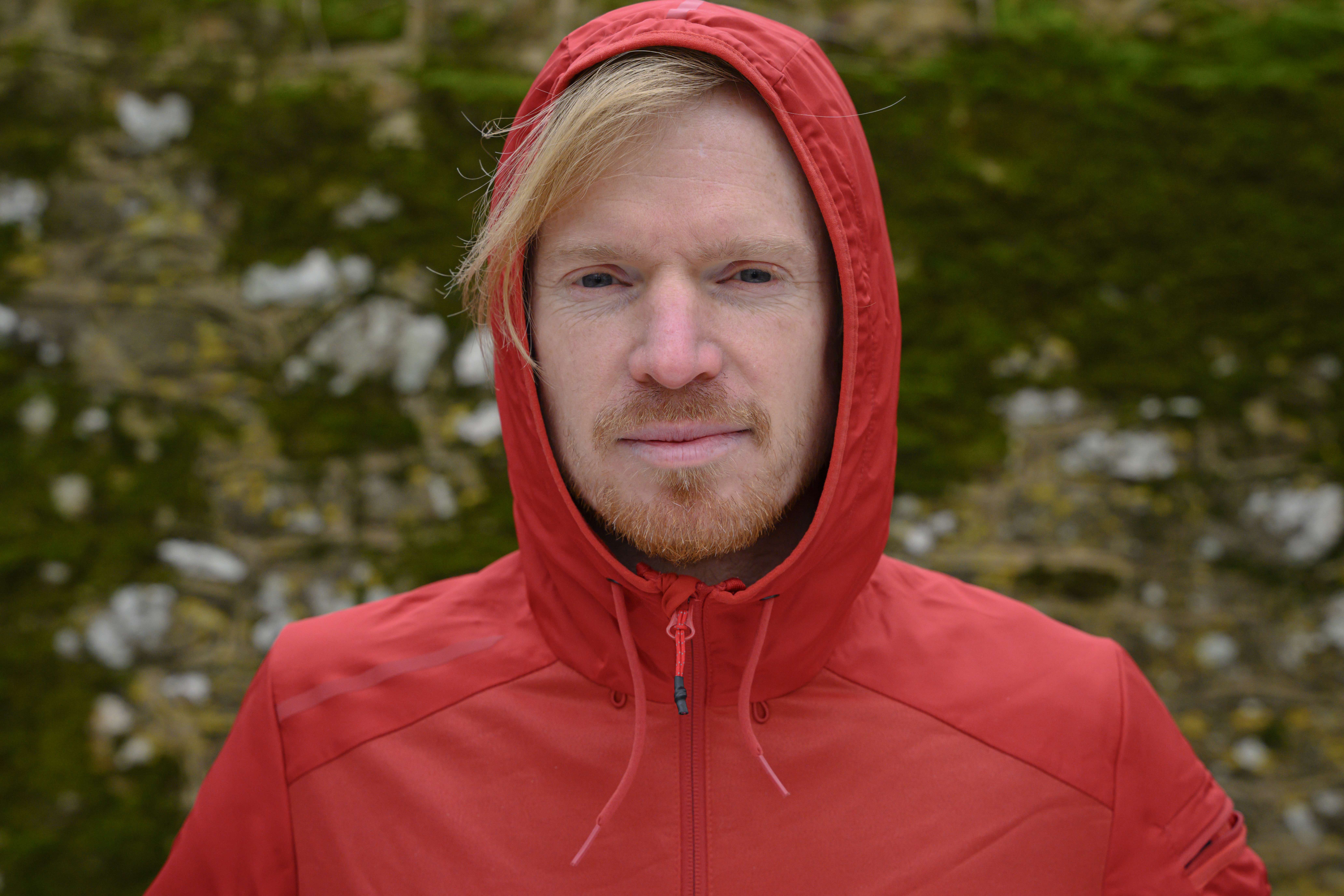
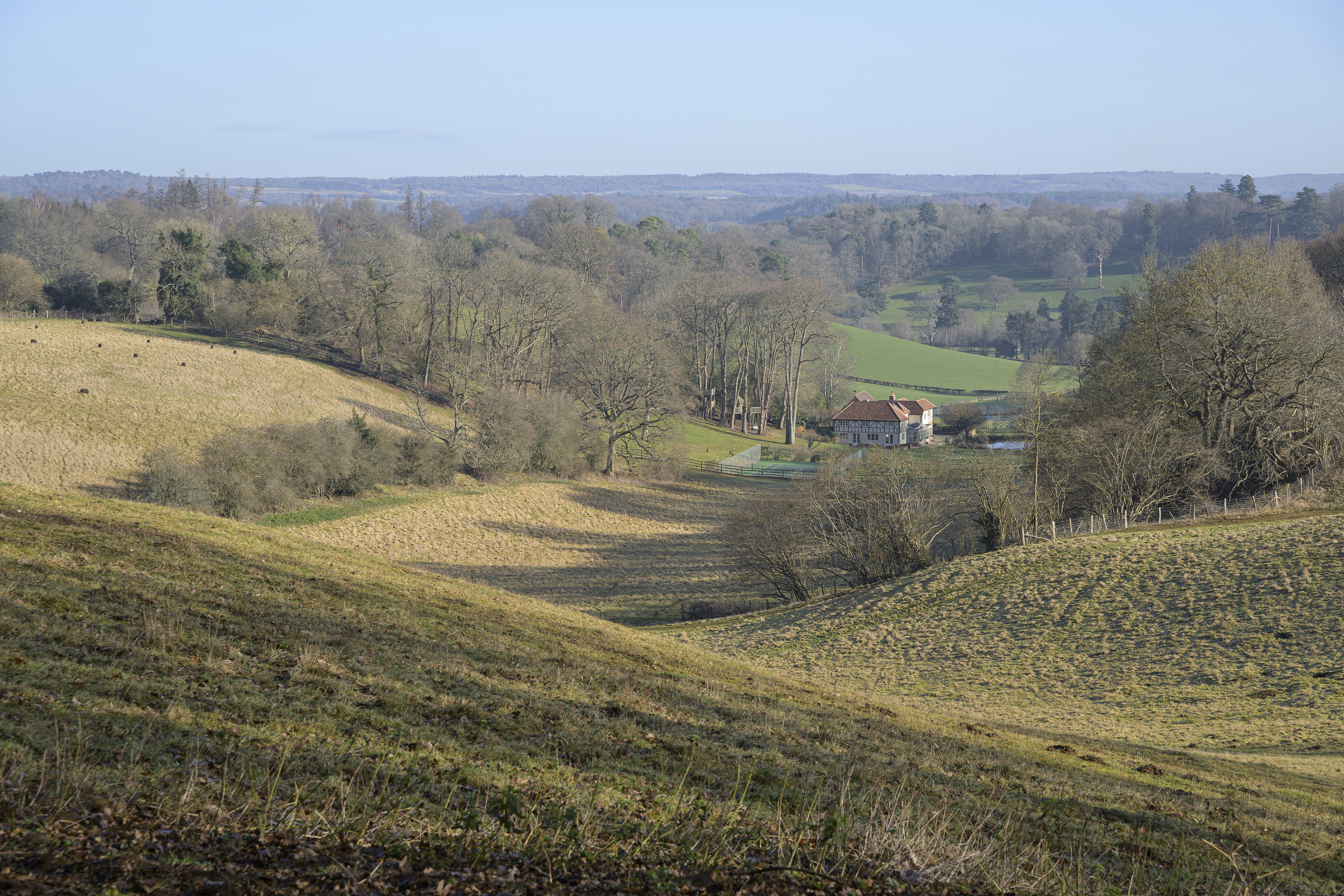
Perhaps recognizing that even professionals don't have unlimited funds to splash out on multiple CFexpress cards or external storage, Nikon has also introduced a new high-efficiency raw format on the Nikon Z9.
This isn't a new concept, as previous Nikon cameras have offered 'small' and 'medium' raw formats that take up less storage. But this new format replaces both of those and lets you deliver 45.7MP photos but with a much smaller file size. While a full-resolution image from the Nikon Z9 will be about 50MB, it says this new format will crunch that down to 10-15MB with no noticeable loss in image quality.
As for video, 8K recording is welcome, not least of which for its cropping potential and also because of the positive impact it has on 4K videos where data is taken from the full width of the sensor (oversampled) to produce what looks like very crisp end results.
Should I buy the Nikon Z9?

Buy it if...
You need a dependable camera for most situations
Pros especially need a reliable tool, first and foremost, and they won't be let down by the Nikon Z9. It is extremely well built being able to withstand tough conditions, has a stellar battery life, and boasts unsung design features such as illuminated buttons. This is one tough tool that gets the job done day in, day out.
You want resolution and speed
What's seriously impressive about the Z9 is that it outperforms the similarly-priced Nikon D6 for speed and has an equally impressive AF performance (with additional AF area coverage and subject recognition), while boasting more than twice the resolution. Sports photographers are unlikely to need 45.7MP, but the extra resolution allows for tighter crops – trust us, that comes in handy more often that you'd imagine.
You need to shoot lots of video, too
Yes, the Z9 will primarily find home with sports and wildlife photographers, but its video prowess is up there as the best in any mirrorless camera, with more to come. The 8K/30p mode is due to be boosted to 60fps, along with internal RAW (a first in a mirrorless camera), later this year via a firmware update. With 4K/120p, sharp oversampled 4K, lengthy recordings, decent autofocus and solid image stabilization, we may just see more videographers looking at the Z9, too.
Don't buy it if...
You want a lightweight tool
Compared to the Canon EOS R3 and Sony A1, the Nikon Z9 is both heavy and bulky. However, given its application, we think Nikon has made the right call design-wise. It fits well in the hand in both horizontal and vertical grips, and balances perfectly with the more telephoto lenses that action photographers often use. Still, you can't make it smaller, whereas the Sony A1 can go larger.
You want the very best continuous shooting performance
The Nikon Z9 is no slouch, offering 20fps with continuous AF and AE, but it doesn't quite match the Sony A1 and Canon EOS R3, which can rattle off at 30fps. Also, if you shoot in compressed raw format, the 20fps bursts max out at around 90 frames with the fastest cards available. Still, the buffer clears that data and is ready to go extremely quickly and in JPEG format (or high-efficiency raw) the Z9 will keep shooting for what is essentially an unlimited number of 20fps pictures.
You don't need everything in one camera
Could the Nikon Z9 be more than you need, given its size and price? For example, the smaller Z7 II has the same resolution for high-detailed landscape and studio images and is almost half the price. We should say, though, that the larger, action-suited Nikon Z9 is aggressively priced compared to the Canon EOS R3 and Sony A1. It's a comparative steal.
Also consider...
If our Nikon Z9 review has you considering other options, here are three more mirrorless cameras to consider...
Sony A1
If you prefer your mirrorless cameras to be a little smaller and less like a traditional DSLR, the Sony A1 is another powerful all-rounder. It's one of the few cameras that can match the Nikon Z9's performance, with its 50.1MP full-frame sensor able to rattle off shots at 30fps (with the electronic shutter) and produce 8K video, too.
Read our in-depth Sony A1 review
Canon EOS R3
The EOS R3 isn't technically Canon's flagship mirrorless camera, so it takes a slightly different approach to the Z9. The key difference is that its stacked full-frame sensor is a lower-resolution 24MP, which gives it faster continuous shooting rates for raw files and superior low-light powers.
Read our in-depth Canon EOS R3 review
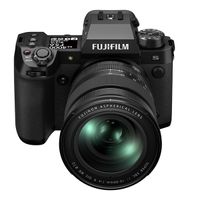
Fujifilm X-H2S
Looking for Nikon Z9-style power in a more affordable package? The X-H2S has a stacked APS-C sensor that, while smaller than the Z9's full-frame chip, offers similar shooting speeds, including blackout-free continuous shooting at 40fps. Its much-improved autofocus still isn't quite at the top table with Nikon, Canon and Sony, though.
First reviewed: February 2022

Mark is TechRadar's Senior news editor. Having worked in tech journalism for a ludicrous 17 years, Mark is now attempting to break the world record for the number of camera bags hoarded by one person. He was previously Cameras Editor at both TechRadar and Trusted Reviews, Acting editor on Stuff.tv, as well as Features editor and Reviews editor on Stuff magazine. As a freelancer, he's contributed to titles including The Sunday Times, FourFourTwo and Arena. And in a former life, he also won The Daily Telegraph's Young Sportswriter of the Year. But that was before he discovered the strange joys of getting up at 4am for a photo shoot in London's Square Mile.
- Timothy ColemanCameras editor

